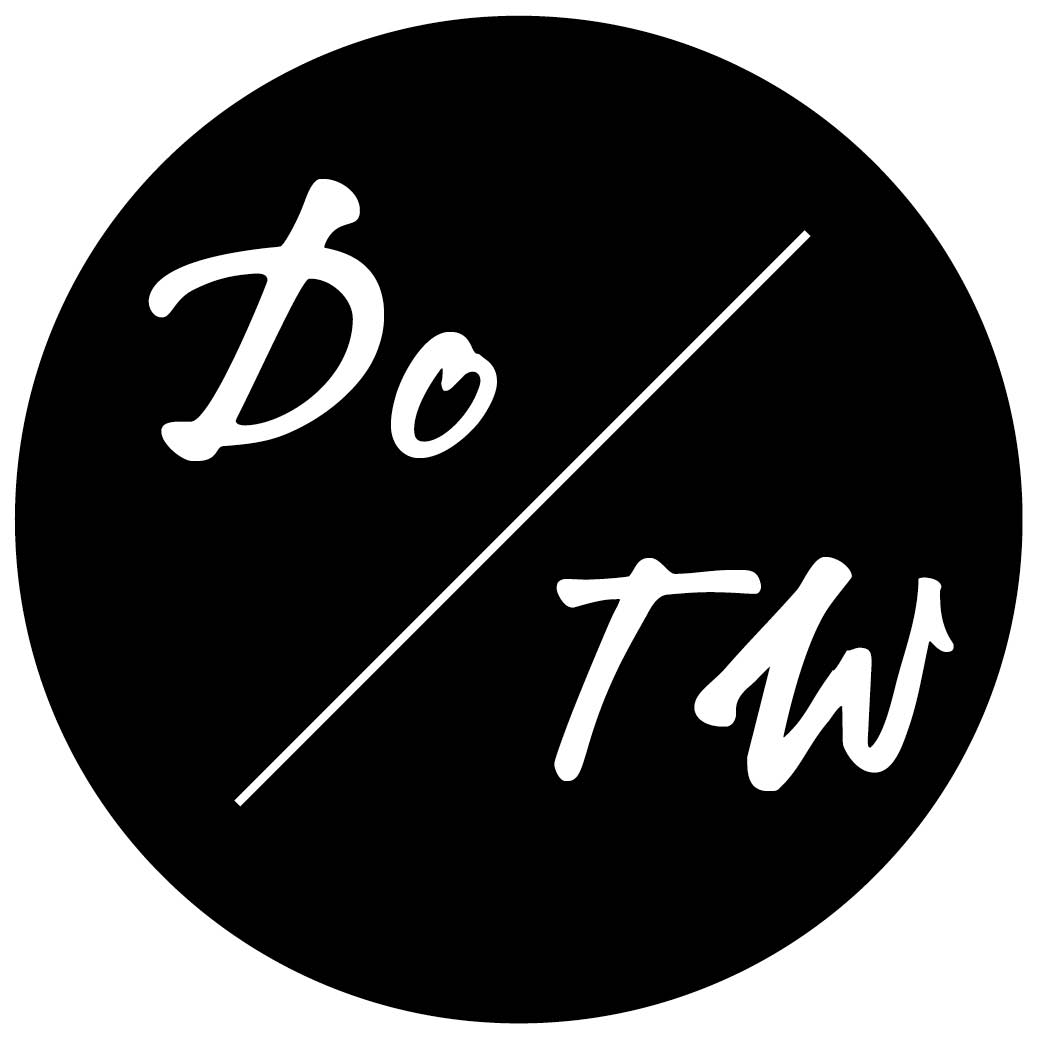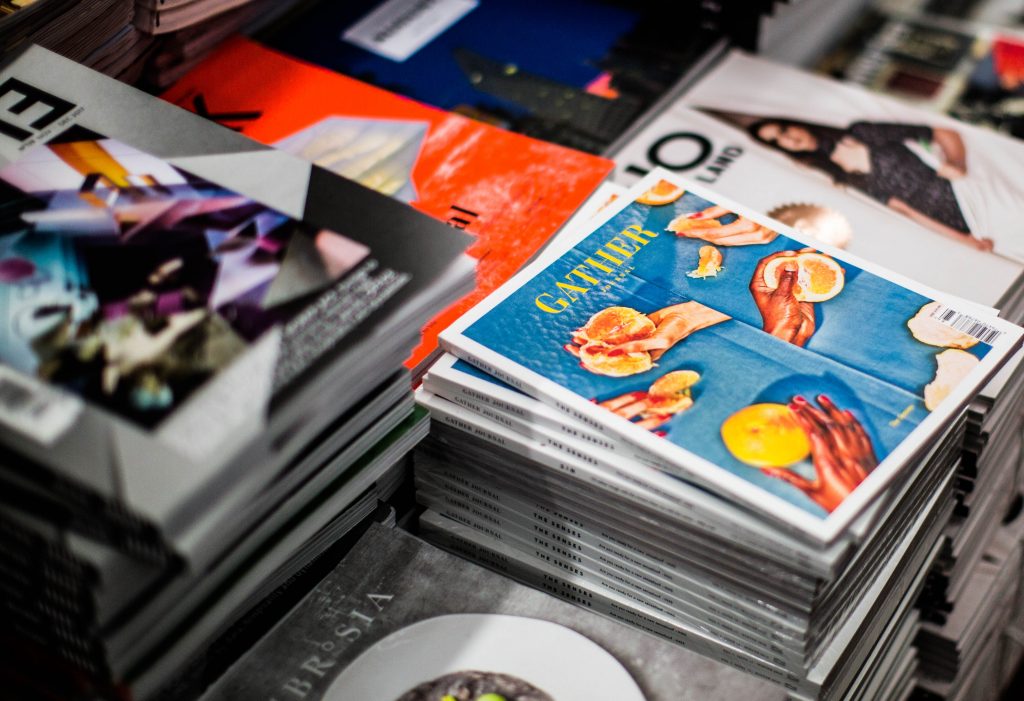The Way to Actually Use Everything You Hear on Your Trips
Working on front-of-book pieces has several key benefits we’ve discussed, especially honing your ability to write short and journalistically.
But one of my favorites is that it offers you a venue to use all sorts of excess pieces of research that you collect on your trips with the most minimal investment of additional research.
This week, during our winter Freelance Travel Writing Bootcamp, a very interesting question has come up several times.
It’s a very common situation that travel writers find themselves in.
During the bootcamp, we try as hard as possible to stimulate real-world circumstances in our afternoon tours. The bootcamp focuses through morning lessons and afternoon outings on honing your ability to find stories out in the world wherever you are. And one of the realities of traveling as a travel writer is that not everything you see is interesting to you personally.
You might be on a winery, brewery, or distillery tour, but you don’t drink. So you also don’t understand the context of a portion of what is being discussed or the other participants’ questions.
Or you could find yourself visiting an alpaca farm with no knowledge of farming is fiber sets. Or it could be that you’re touring, with a very enthusiastic guide, a modern art museum when you categorically hate modern art. Or perhaps you’ve headed to a destination on your own, found it is absolutely not as advertised, and realized it just won’t fit any of the audiences you regularly write for at all.
These are the main variation on this situation, but you have found yourself in others.
When one of these instances does make its way into your trip, it’s very easy to think, “Well, I’m definitely not going to write about this,” and then turn out and answer emails in your phone until you’re able to do something more your speed.
But those moments–in many ways far more than visiting your 100th winery or kid-friendly restaurant or chocolatier or whatever you cover most often, are one of the best sources of story ideas.
You’re adding brand new-to-you information to your understanding of leisure travel and of the options in a certain area that makes your knowledge of trends and travel in general more well rounded.
And they’re perfect fodder for front-of-book round-ups.
In a round-up feature or many similar blog posts, you’re doing relatively in-depth research to get to know each item you’re including in that piece, either with an interview or two per section if its a round-up feature for a magazine, and digging into Google for a blog post.
But, in a front-of-book round-up, there’s no need, because there is no time.
Each item in your round-up isn’t getting its own subhead. It might not get its own sentence.
The name and the quick notes you took when you were there will more than suffice.
Catch Article Nuts and Bolts: Putting Together a Front-of-Book Round-Up this Thursday, February 8, at 12:00pm EST / 9:00am PST. We’ll walk through a part of the writing process–structuring your articles–that should come before your fingers hit the keyboard and before you even begin researching your piece to show you how to quit second-guessing yourself and save tremendous time on your articles.
Register here to get the call-in information to join us live along with the link to catch the replay for one-week following the live webinar. After that, the webinar will go for transcription and be added to our on-demand webinar library.

